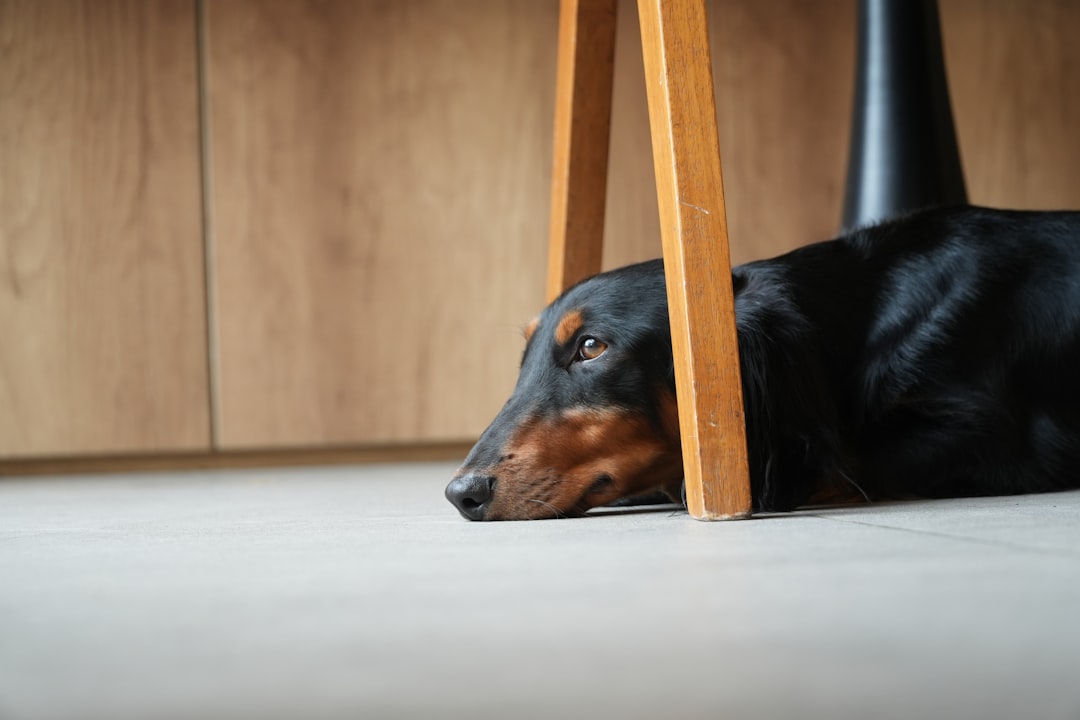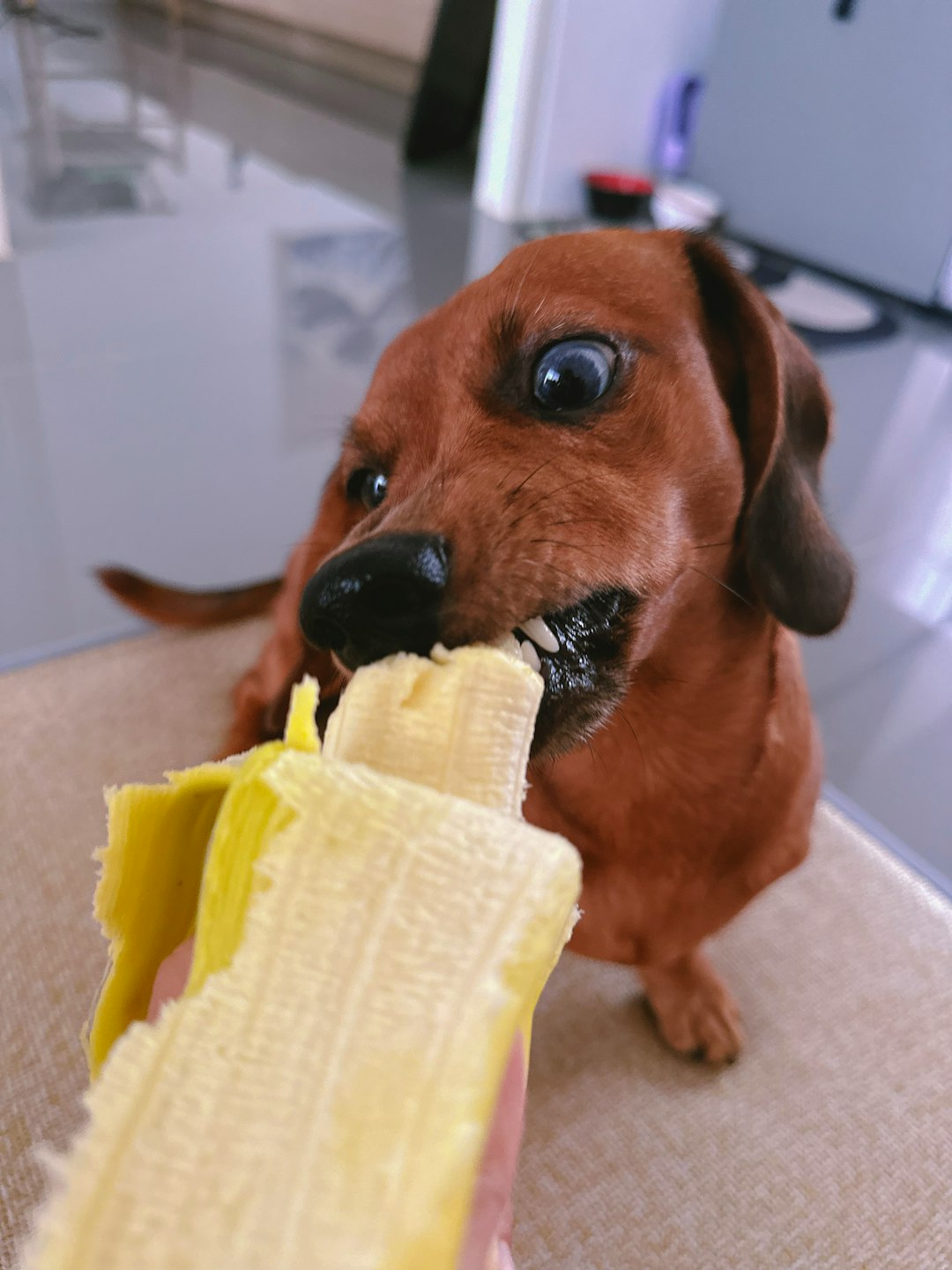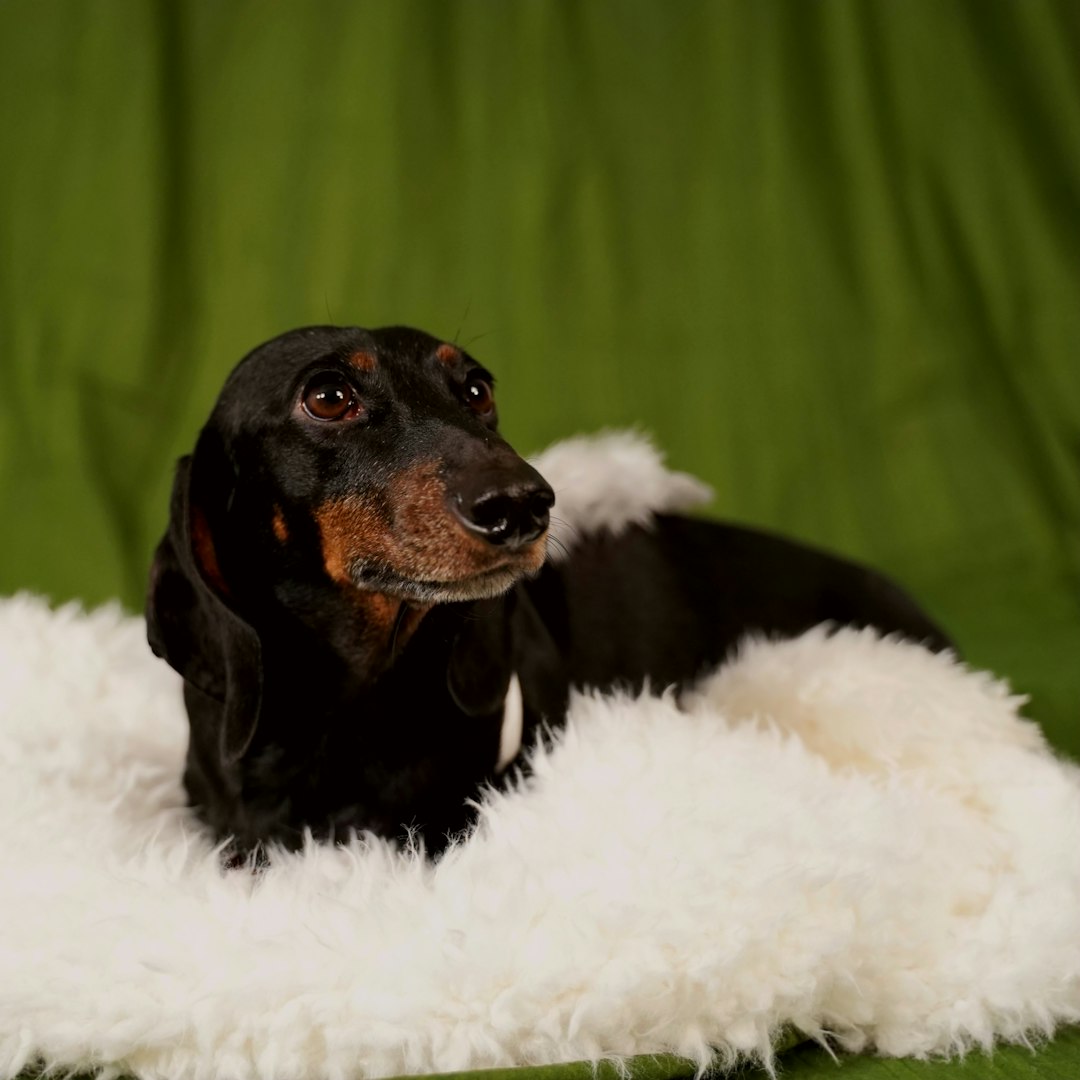The German Shorthair is a remarkable breed known for its versatility and energetic nature. With a unique blend of physical prowess and an engaging temperament, these dogs thrive in active environments. Understanding the specific characteristics of the German Shorthair can significantly enhance your ability to train and care for them. This blog post will explore essential traits, training techniques, and tips to ensure your German Shorthair leads a happy and healthy life, all while harnessing their exceptional skills. Prepare to discover the joys and responsibilities of owning this extraordinary breed.
Physical Characteristics of the German Shorthair
The German Shorthair boasts a striking appearance that reflects its sporting origins. Here are some key physical traits:
- Size: Males typically stand between 24 to 26 inches tall, while females are slightly shorter at 22 to 24 inches.
- Weight: Adult dogs usually weigh between 45 to 70 pounds, making them a robust breed.
- Coat: Their short, dense, water-repellent coat features a distinctive liver or black color, sometimes mixed with white ticking.
- Eyes: The German Shorthair features expressive, dark eyes that convey intelligence and enthusiasm.
- Ears: Their long, drooping ears add to their friendly expression and enhance their acute sense of hearing.
In summary, the German Shorthair combines athleticism and elegance, making it an appealing choice for active families or individuals who enjoy outdoor activities. With their strength and agility, they thrive in various environments, showcasing their versatility as both hunters and companions.

Temperament and Behavior Traits
The German Shorthair is known for its remarkable temperament and behavior traits that make it a beloved companion and working dog. Here are some key characteristics:
Intelligent: German Shorthairs possess a sharp intellect, allowing them to learn commands quickly and excel in training. Their intelligence also makes them adept at problem-solving.
Energetic: This breed is highly energetic and thrives in active environments. They require ample exercise to keep them physically and mentally stimulated, which can include activities like running, swimming, or participating in dog sports.
Affectionate: German Shorthairs are known for their affectionate nature. They bond closely with their families and enjoy being part of activities, making them excellent family pets.
Protective: While generally friendly, German Shorthairs can be protective of their family, making them effective watchdogs.
Social: They tend to get along well with other dogs and children, especially when socialized early.
In summary, the German Shorthair combines intelligence, energy, and affection, making them versatile companions for active families.
Exercise Needs and Outdoor Activities
The German Shorthair is an active and energetic breed that thrives on regular exercise. To keep your German Shorthair happy and healthy, aim for at least 1 to 2 hours of activity each day. Here’s a breakdown of their exercise needs:
- Daily Walks: At least 30 minutes to 1 hour of brisk walking helps burn off energy.
- Running: This breed excels at running; consider taking them on jogging sessions to meet their stamina.
- Fetch: A game of fetch is not only fun but also allows your German Shorthair to showcase their retrieving instincts.
- Agility Training: Setting up an agility course can provide mental stimulation and physical challenges.
Outdoor Activities
Engaging your German Shorthair in outdoor activities is crucial for their physical and mental well-being. Options include:
- Hiking: They love exploring new trails; just ensure they’re leashed in unfamiliar areas.
- Swimming: Many German Shorthairs enjoy water; swimming can be an excellent low-impact exercise.
- Playdates: Socializing with other dogs allows them to burn off energy while having fun.
By meeting these exercise needs, you’ll ensure your German Shorthair remains fit, happy, and well-behaved.
Training Basics for German Shorthairs
Training a German Shorthair can be an enjoyable and rewarding experience. This intelligent breed thrives on mental stimulation and requires a structured training approach. Here are some essential tips for training your German Shorthair effectively:
Start Early: Begin training as early as possible. Puppies are highly receptive to learning, making it the perfect time to introduce basic commands.
Use Positive Reinforcement: Reward your German Shorthair with treats, praise, or playtime for completing tasks. This encourages repetition of desired behaviors.
Keep Sessions Short and Engaging: Aim for 5 to 10-minute training sessions to maintain your dog’s focus and enthusiasm.
Introduce Varied Commands: Focus on commands such as sit, stay, and come. Gradually introduce more complex skills once the basics are mastered.
Socialization: Expose your German Shorthair to different environments, people, and other animals. This helps reduce anxiety and fosters well-rounded behavior.
Consistency is Key: Ensure that everyone in the household uses the same commands and rewards. Consistent training aids faster learning.
By incorporating these techniques, you’ll set your German Shorthair up for success, creating a well-behaved and responsive companion.

Effective Socialization Techniques
Socialization is crucial for a well-rounded German Shorthair. Early exposure to various environments, people, and animals can profoundly impact their development. Here are some effective techniques to ensure your German Shorthair becomes a confident and friendly companion:
Start Early: Begin socializing your puppy between 3 to 14 weeks. This is the most receptive period.
Positive Experiences: Introduce your German Shorthair to different sights, sounds, and smells. Use treats and praise to reinforce positive interactions.
Group Training Classes: Enroll in puppy classes where your dog can interact with other dogs and people under controlled circumstances.
Varied Environments: Regularly expose your dog to varied settings, such as parks, busy streets, or pet-friendly cafes.
Meet New People: Invite friends and family over to meet your German Shorthair. Ensure everyone knows to approach gently and calmly.
Socialization Tips in a Nutshell:
| Technique | Benefits |
|---|---|
| Early Exposure | Builds confidence |
| Positive Reinforcement | Encourages good behavior |
| Controlled Interactions | Reduces fear and anxiety |
Consistent and varied socialization will lead to a well-adjusted German Shorthair that thrives in any environment!
Common Health Concerns and Care Tips
The German Shorthair is a generally healthy breed, but like all dogs, they can be prone to certain health issues. Being aware of these concerns can help you take proactive steps to ensure your companion stays fit and happy. Here are some common health concerns:
- Hip Dysplasia: A genetic condition where the hip joint doesn’t fit properly. Regular vet check-ups and maintaining a healthy weight can reduce risks.
- Ear Infections: With their floppy ears, German Shorthairs may be prone to ear infections. Clean their ears regularly and keep them dry after swimming.
- Eye Conditions: Watch for signs of eye problems, as they can develop issues like cataracts. Early detection is crucial.
Care Tips:
- Routine Vet Visits: Schedule annual check-ups to catch health issues early.
- Balanced Diet: Feed a high-quality diet tailored to your German Shorthair’s age, size, and energy level.
- Regular Exercise: Ensures mental and physical health, reducing the likelihood of obesity-related issues.
By staying vigilant and providing proper care, you can help your German Shorthair lead a long, healthy life.
Nutritional Requirements for Optimal Health
Maintaining a balanced diet is crucial for the overall health of your German Shorthair. This energetic breed thrives on quality nutrition that supports their active lifestyle. Consider the following key aspects:
High-Quality Protein: German Shorthairs require a diet rich in high-quality protein. Look for food that lists meat as the first ingredient, such as chicken, beef, or fish.
Healthy Fats: Essential fatty acids promote healthy skin and a shiny coat. Omega-3 and Omega-6 fatty acids play a vital role in your dog’s diet.
Carbohydrates: While dogs are primarily carnivorous, healthy carbohydrates like sweet potatoes, brown rice, and peas provide energy. Ensure they come from natural sources.
Vitamins and Minerals: Incorporate a variety of fruits and vegetables to supply necessary vitamins and minerals. Blueberries, spinach, and carrots offer numerous health benefits.
Hydration: Always provide fresh, clean water. Proper hydration supports digestion and overall health.
In summary, a well-rounded diet tailored to your German Shorthair’s needs will help maintain their vitality and ensure a long, healthy life.

Grooming and Maintenance for German Shorthairs
Maintaining the coat and overall hygiene of your German Shorthair is essential for their health and well-being. Here are practical grooming tips to keep your dog looking and feeling their best:
Coat Care: The German Shorthair boasts a dense, water-resistant coat that typically requires minimal grooming. Brush them once a week to remove loose hairs and prevent mats.
Bathing: Bathe your German Shorthair only when necessary, as frequent bathing can strip natural oils. Aim for every 2-3 months, or as needed.
Nail Trimming: Keep your dog’s nails trimmed to prevent discomfort and injury. Aim to trim them every 3-4 weeks.
Ear Cleaning: Check their ears weekly for wax buildup or debris. Clean with a vet-approved solution if necessary.
Dental Hygiene: Brush your German Shorthair’s teeth regularly to prevent plaque buildup. Consider dental chews for additional dental health.
| Grooming Task | Frequency |
|---|---|
| Coat Brushing | Weekly |
| Bathing | Every 2-3 months |
| Nail Trimming | Every 3-4 weeks |
| Ear Cleaning | Weekly |
| Dental Brushing | 2-3 times a week |
By incorporating these grooming practices, your German Shorthair will not only look great but will also stay healthy and happy!
Frequently Asked Questions
What are the key characteristics of the German Shorthair breed?
The German Shorthair Pointer is known for its versatility, intelligence, and energetic demeanor. This breed typically features a sleek, muscular build with a short, dense coat that can vary in color including liver, black, or a combination of both. German Shorthairs are also recognized for their keen hunting instincts, strong sense of smell, and compatibility with various terrains, making them exceptional hunting partners. Additionally, they are friendly, affectionate, and good with families, showing a loyal temperament towards their owners.
How much exercise does a German Shorthair need?
German Shorthair Pointers require a significant amount of exercise due to their high energy levels. Ideally, they should have at least one to two hours of vigorous physical activity every day, which can include running, hiking, or engaging in canine sports. This breed thrives on mental stimulation and physical challenges, so incorporating fetch, agility training, or swimming can be beneficial. Adequate exercise is crucial to prevent boredom, which often leads to behavioral issues like chewing or barking.
What are the best training tips for a German Shorthair?
Training a German Shorthair Pointer can be rewarding, as they are eager to please and highly intelligent. Start with basic obedience training using positive reinforcement techniques such as treats and praise to encourage good behavior. Socialization is also essential; expose them to various environments, people, and other animals to develop well-rounded temperament. Consistency in commands and training sessions, along with keeping them engaged in activities like retrieval games, will foster a stronger bond and enhance their learning experience.
Are German Shorthairs suitable for first-time dog owners?
While German Shorthair Pointers can be suitable for first-time dog owners, they require a commitment to training, exercise, and socialization. Their energetic nature and strong hunting instincts mean they thrive in active households that can provide ample physical and mental stimulation. New owners should be prepared for the challenges of managing a high-energy dog and should dedicate time to educating themselves about training methods. With proper guidance and a structured approach, a first-time owner can successfully enjoy the companionship of a German Shorthair.



